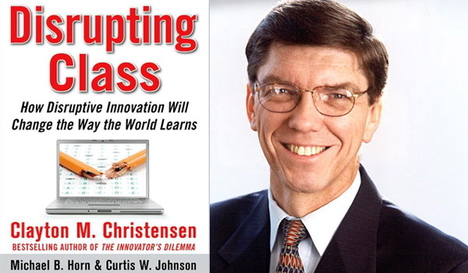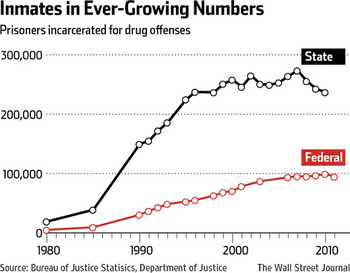“SAGE OF AGES; Portrait of Charles Darwin in 1881, by Julia Margaret Cameron.” Source of caption and photo: online version of the WSJ article quoted and cited below.
(p. C14) . . . Mr. Johnson observes:
No scientific innovator has ever taken more trouble to smooth the way for lay readers without descending into vulgarity. What is almost miraculous about the book is Darwin’s generosity in sharing his thought processes, his lack of condescension. There is no talking down, but no hauteur, either. It is a gentlemanly book.
In both style and substance, this passage is classic Paul Johnson.
. . .
What makes Darwin good, in the biographer’s estimation, is the scientist’s democratic dissemination of knowledge. Darwin triumphed with “The Origin of Species,” Mr. Johnson contends, not only because of his ability to portray the theory of evolution as the inescapable outcome of his decades of study and the work of fellow scientists, whom he was careful to praise, but because he was acutely aware that he had to present his notions of natural selection and survival of the fittest so as not to stir up public controversy. To an extraordinary degree, Darwin deflected attacks by couching his discoveries in terms of the plants he liked to examine and cultivate. He had relatively little to say about human evolution.
For the full review, see:
CARL ROLLYSON. “Studies of the Moral Animal.” The Wall Street Journal (Sat., December 15, 2012): C14.
(Note: ellipses added.)
(Note: the online version of the review essay has the date December 14, 2012.)
The book under review is:
Johnson, Paul M. Darwin: Portrait of a Genius. New York: Viking Adult, 2012.







